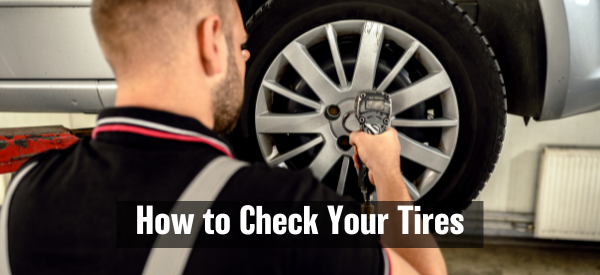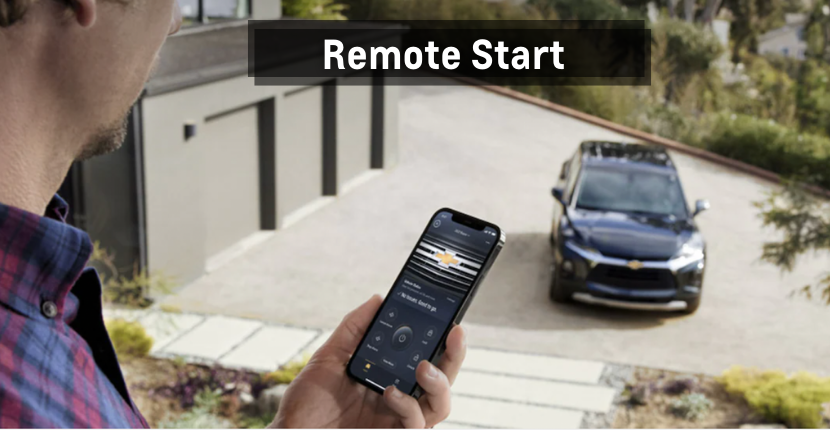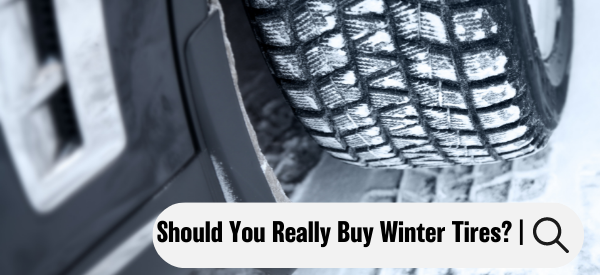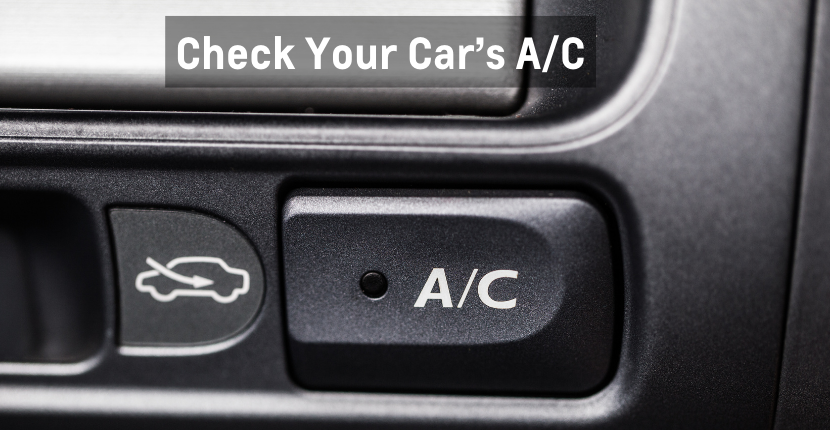How to Check Your Tires
 Your tires are a critical piece of your car’s overall health. From the smoothness of the ride to the responsiveness of the turns to how quickly you can stop in a pinch, your tires keep your driving experience both safe and enjoyable. Unfortunately, it is all too easy to forget about your tires and the maintenance they require. Luckily, keeping your tires in check is one of the simplest and fastest pieces of maintenance that you can perform on your car. Read on to learn how to check your tire pressure and the remaining life of your tire tread.
Your tires are a critical piece of your car’s overall health. From the smoothness of the ride to the responsiveness of the turns to how quickly you can stop in a pinch, your tires keep your driving experience both safe and enjoyable. Unfortunately, it is all too easy to forget about your tires and the maintenance they require. Luckily, keeping your tires in check is one of the simplest and fastest pieces of maintenance that you can perform on your car. Read on to learn how to check your tire pressure and the remaining life of your tire tread.
In for a Penny…
Your tire tread is what gives your car grip and friction on the road. However, due to the excess energy from driving, your tire tread eventually wears down and becomes thin, significantly impacting your ability to drive safely. Experts suggest replacing tire tread when the tread becomes thinner than 4/32 of an inch. If you don’t have a ruler handy, an easy way to check is by using a penny!
That’s right—simply insert a penny upside down into your tire tread. If you can see all of Lincoln’s head, your tread is worn thin and it is time for a replacement. Not a fan of loose change? No problem. Most modern tires feature a tire tread bar indicator that will become flush with the grooves when it is time for replacement.
Another thing to look out for on your tire tread is uneven wear. If one part of your tire is more worn than another, your car is likely out of alignment and needs to be adjusted and your tires replaced.
Under Pressure
Of course, without any air pressure, tires are useless, no matter how new their tread is. Under-inflated tires wear excessively and reduce gas mileage, along with negatively impacting your car’s handling.
Every tire will have a different recommended tire manufacture. Many cars today are equipped with sensors that automatically alert you when the tire pressure falls below accepted values. However, if your car does not have this ability, check your owner’s manual for the recommended pressure.
To check the tire pressure, all you need is a few seconds and an air pressure gauge. First, remove the plastic cap from the tire’s air valve. Don’t lose it and replace it when you are finished! Press the tire gauge against the open valve for a second—listen for the slight hiss of air. The ruler on the other end of the tire gauge will shoot out to the read value. Compare the reading to the recommended pressure for your tire and double check your units! PSI is the most common.
Running a little low? Airing up tires is easy. Find an air compressor at nearly any gas station. Once the air is running, use the compressor to push air into your tire valves, usually be gripping the handle on the spout of the compressor house. Every few seconds, stop and check the tire pressure with your gauge. Once you reach the recommended level, stop, replace the plastic cap, and move to the next tire.
New Tires with Price Match!
At Smith Motors, we recognize the importance of tire health and maintenance are fully equipped to check your tire pressure and tread wear. Time for new tires? Our wide selection of tires is eligible for price match and our team of experts will ensure you are back on the road in no time with genuine Smith Chevy parts. Finding us is easy: simply search for Chevy dealers in Northwest Indiana or Chevy Hammond!


